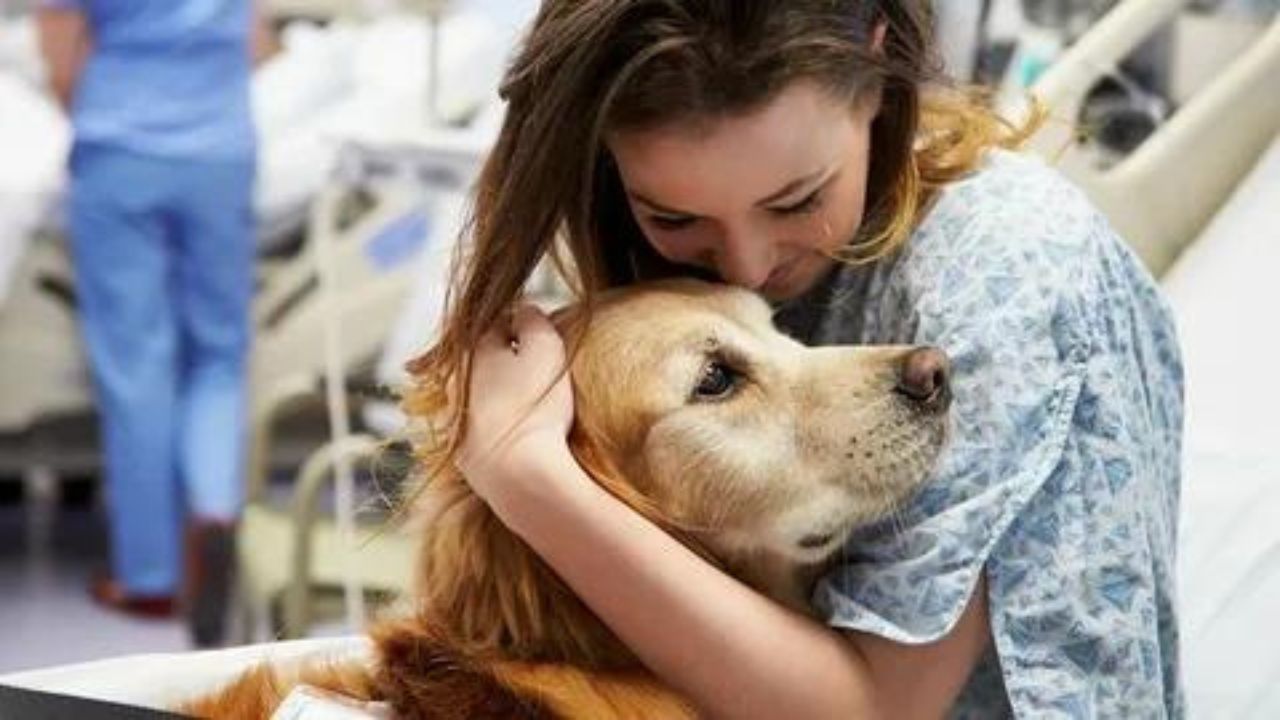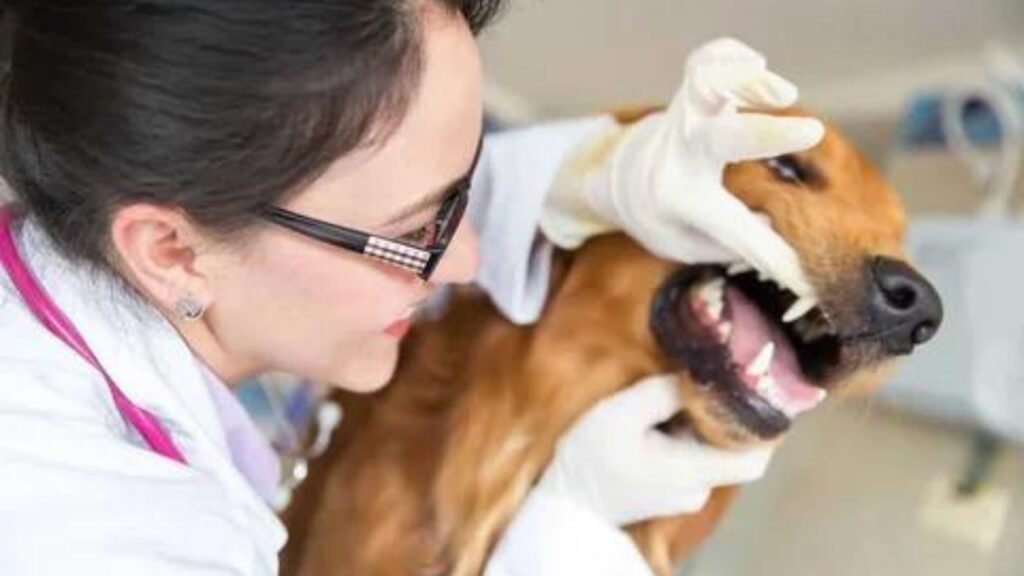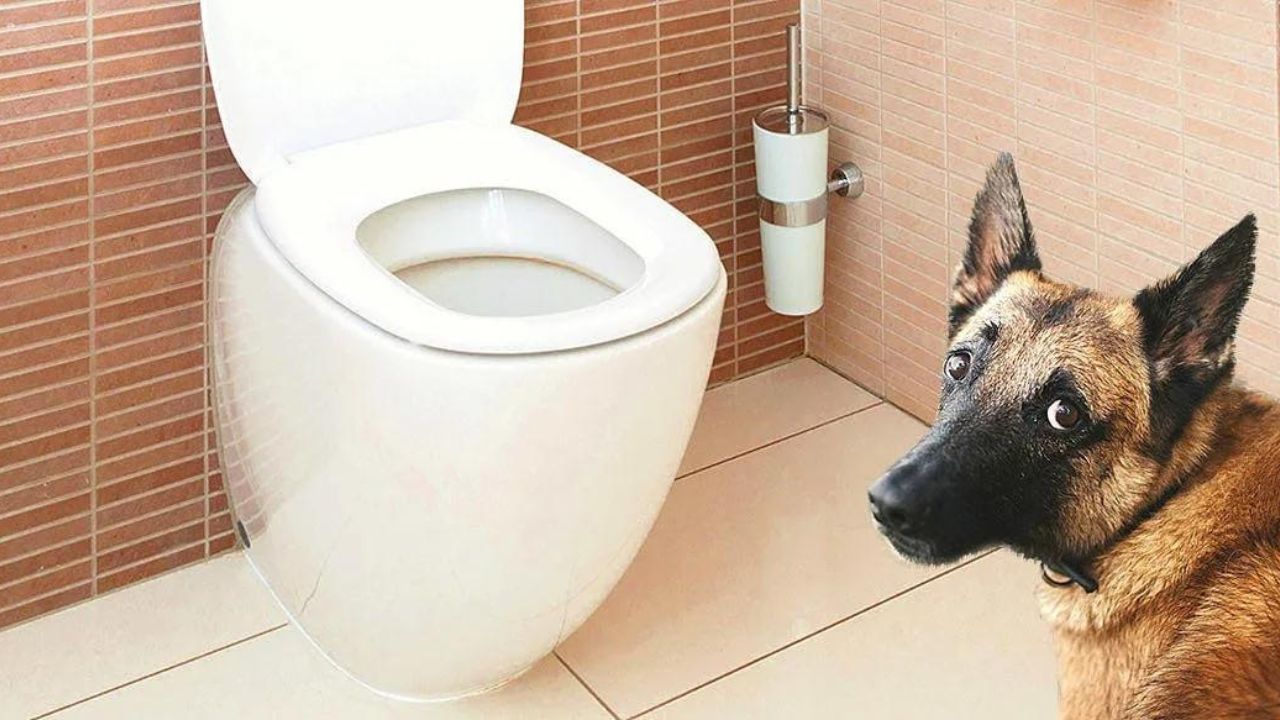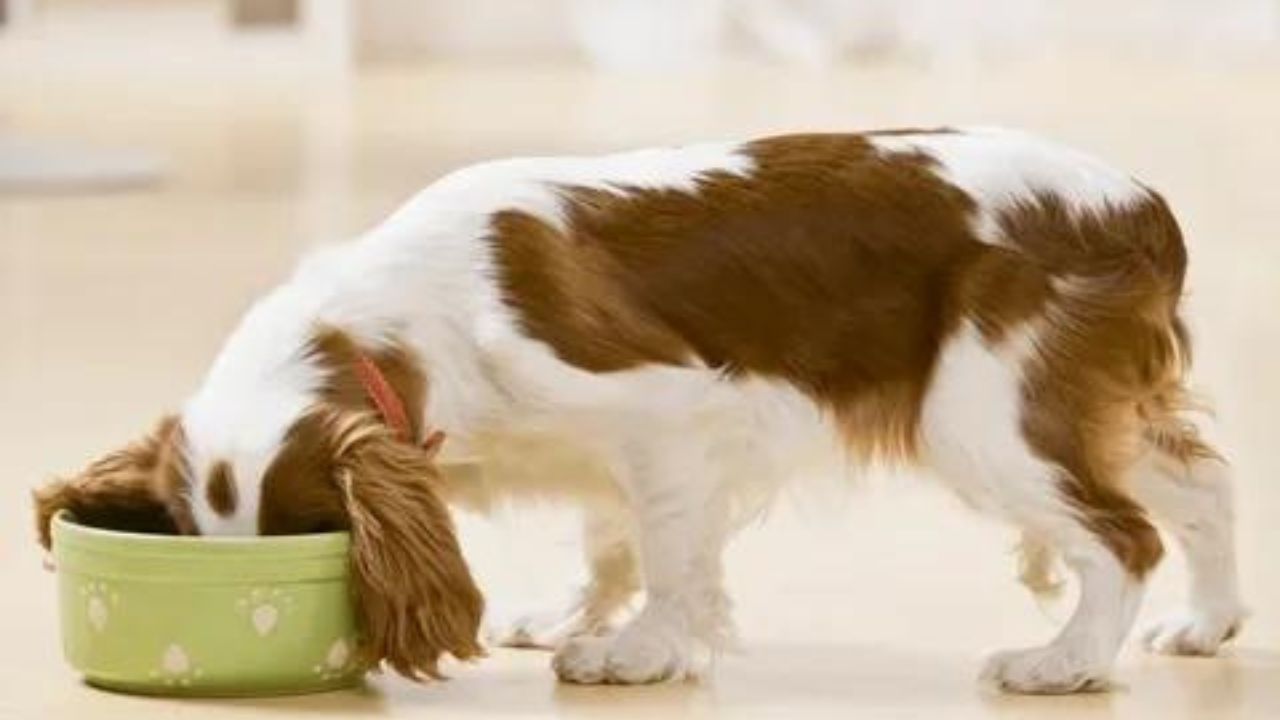
Welcoming a female dog into your home is a joyous occasion. As a responsible pet owner, it’s crucial to understand your furry companion’s specific needs and care requirements. From the adorable puppy stage to the mature adult years, each phase of your female dog’s life demands attention, love, and proper care. This comprehensive guide will explore the various aspects of caring for a female dog, covering nutrition, grooming, health, training, and more.
How To Care For a Female Dog
Caring for a female dog involves a combination of attention to her nutrition, vaccinations and veterinary care, training and socialization and overall well-being. Here are some essential tips on how to care for a female dog:
Puppyhood (0-12 months)
Nutrition
The foundation for a healthy and happy life starts with proper nutrition during the puppy stage. Choose a high-quality, age-appropriate puppy food to support your dog’s growth and development. Female puppies have specific nutritional needs, especially during their first few months.
Vaccinations and Veterinary Care
Establishing a relationship with a veterinarian is crucial during puppyhood. Ensure your female dog receives vaccinations, deworming, and regular health check-ups. Discuss spaying options with your vet, as this decision can impact her health and prevent unwanted litters.
Training and Socialization
Early training and socialization are key to shaping your dog’s behavior. Positive reinforcement methods work well with female dogs, encouraging good behavior and reinforcing obedience. Expose your puppy to various environments, people, and other animals to foster a well-rounded and social adult dog.
Exercise and Play
Puppies are bundles of energy, and regular exercise is essential for their physical and mental well-being. To stimulate your female puppy’s mind and body, engage in age-appropriate activities such as short walks, play sessions, and interactive toys.
Caring For a Female Dog
Caring for a female dog involves attentive continuing training, health maintenance, spaying and ensuring a safe and loving environment. Here are some essential aspects to consider when caring for a female dog:
Adolescence (12-24 months)
Transition to Adult Food
Around the age of one, consider transitioning your female dog to adult dog food. Please consult your veterinarian to determine the best timing and suitable food for her needs to care for a female dog.
Continued Training
As your dog enters adolescence, continue reinforcing positive behaviors and addressing any challenges that may arise. Consistency and patience are key during this stage, as hormonal changes can affect behavior.
Health Monitoring
Regular veterinary check-ups remain crucial during adolescence. Monitor your dog for any signs of illness, changes in behavior, or abnormal symptoms. Stay vigilant about preventive care, including dental hygiene and parasite control.
Spaying
If you haven’t already, discuss spaying options with your veterinarian. Spaying not only prevents unwanted pregnancies but also reduces the risk of certain health issues, including mammary tumors and uterine infections.
Adulthood (24 months and beyond)
Nutrition and Weight Management
Maintaining a balanced diet is crucial throughout your dog’s adult years. Be mindful of her weight to prevent obesity-related health issues. Consult your vet for guidance on portion control and suitable food choices.
Regular Exercise
Adult dogs benefit from regular exercise to stay fit and mentally stimulated. Tailor the intensity and duration of activities based on her breed, size, and overall health. Daily walks, fetch, and interactive play keeps her engaged and healthy.
Grooming
Grooming needs vary among breeds, but all dogs benefit from regular grooming. Brush your female dog’s coat to prevent matting, trim her nails, and clean her ears to care for a female dog. Bathing frequency depends on her activity level and coat type.
Reproductive Health
If your dog has yet to be spayed, be aware of her heat cycles. Properly manage her during these times to prevent unwanted pregnancies. Regular veterinary check-ups remain crucial for monitoring her overall reproductive health.
Dental Care

Maintain good oral hygiene by brushing your dog’s teeth regularly and providing dental chews or toys. Dental health care for a female dog is integral to her overall well-being and can prevent issues such as gum disease.
Senior Years (7 years and older)
Adjusted Nutrition
As your female dog enters her senior years, her nutritional needs may change. Consider transitioning to a senior dog food formula designed to address the specific requirements of aging dogs. Consult with your vet for personalized recommendations.
Health Monitoring and Senior Check-ups
Regular veterinary check-ups become even more critical in the senior years. Monitor her weight, mobility, and any signs of discomfort or illness. Address any age-related concerns, such as arthritis or dental issues, promptly.
Modified Exercise
Adjust the intensity and duration of exercise to accommodate your senior dog’s changing needs. Taking your furry friend for a stroll, engaging her in fun and easy activities, and giving her puzzle toys can help keep her happy and healthy.
Comfort and Enrichment
Create a comfortable and enriching environment for your senior dog. Ensure comfortable bedding, and consider adding ramps or steps to help with mobility. Also, ensure your pet has a quiet and safe resting place. Additionally, regular interaction and mental stimulation are necessary for their overall well-being.
Provide Space For The Puppy
During the day, the kitchen or bathroom provides perfect places for his sleeping because they are often warm and have easily cleaned surfaces. Please keep your pet in his bedroom crate at night. Using this, you can listen to your pet at night to check if they need to do their business outside.
Shower Him With Toys
You should get lots of toys for your puppy, including chew and soft toys, since they will be a bundle of activity that never stops. Toys ought to be sufficiently strong to avoid potential choking problems. Puppies should only be given rawhide as a reward; don’t provide them as toys. Instead, watch them as they chew.
Get Him Quality Puppy Food
You can feed a puppy kibble, canned food, homemade food, or a raw diet; however, you should talk to your veterinarian about each choice. When you pick up your puppy, find out what food it consumed with the breeder, rescue, or shelter. You may keep it on that diet when it initially moves into its new house. If you switch, wait a few weeks and gradually adjust to the new diet over a week or two. Abrupt meal changes may result in diarrhea or vomiting.
- Since many dogs are allergic to these ingredients, choose puppy chow free of colors, artificial flavors, and preservatives.
- Eating a raw or home-cooked meal requires a significant time investment since it requires additional preparation work to meet your puppy’s nutritional demands. Consult the veterinarian about these alternatives first.
Get The Puppy Comfortable In Your Home
When your puppy is initially brought to his new home, he may be afraid. During those initial days, show him additional care and affection. Take your puppy exploring the house and yard while wearing a light leash and keeping an eye on him. While you can show him some things right once, showing him the common spaces is a smart place to start.
- It would help if you did not allow your dog to run around since mishaps will occur.
- To help your puppy feel less alone and alone, let him spend the night in his kennel in your room.
Protect your puppy
Due to their innate curiosity, puppies occasionally manage to flee the yard and become lost, even with the best of care. Please ensure your dog’s collar is adjustable and comfy and has a tag with your contact information. Your dog’s name, address, and phone number should all be on the tag.
In many areas, obtaining a dog license to care for a female dog is mandatory. Even though it’s unnecessary, getting your dog’s license is wonderful.
For your puppy to get a dog license, he must obtain his rabies vaccination.
Conclusion
Care of a female dog is a lifelong commitment that requires dedication, attention, and love. By understanding the specific needs of each life stage, you can provide the best possible care for your furry friend. Regular veterinary check-ups, proper nutrition, consistent training, and attention to grooming and health will contribute to your female dog’s happy, healthy life. Remember that each dog is unique, so tailor your care routine to her needs and celebrate the special bond you share throughout her life.
FAQ
How Often Should I Feed My Female Dog?
Feed your female dog twice daily, following the recommended portion sizes based on size, age, and activity level. Consult your veterinarian for a personalized feeding plan.
What Vaccinations Does My Female Dog Need?
Regular vaccinations, including rabies and distemper, are crucial. Your vet will recommend a vaccination schedule based on your dog’s age and health status. Maintain a record of vaccinations for future reference.
How Can I Keep My Female Dog Physically Active?
Exercise and mental stimulation are important for your dog’s health. Walks, playtime, and activities like fetch are great for physical exercise. Use puzzle toys or training to provide mental stimulation. Tailor exercise to your dog’s breed, age, and health.
How Can I Monitor My Female Dog’s Health?
Schedule regular vet check-ups and be attentive to behavior, appetite, or physical appearance changes. Watch for signs of illness, such as lethargy, vomiting, or diarrhea, and seek veterinary care promptly if you notice anything concerning.
How Can I Create A Comfortable Living Environment For My Female Dog?
Provide a cozy bed, fresh water, and a balanced diet. Make sure that she has a place where she feels safe and comfortable, whether inside or outside. You can also provide her with toys to keep her mind active and entertained. Keep the environment clean to prevent health issues.
What Signs Indicate That My Female Dog Is Unwell And Needs Immediate Attention?
Watch for symptoms such as lethargy, loss of appetite, vomiting, diarrhea, difficulty breathing, or any sudden behavioral changes. If you observe these signs, seek veterinary care promptly to address potential health issues.







